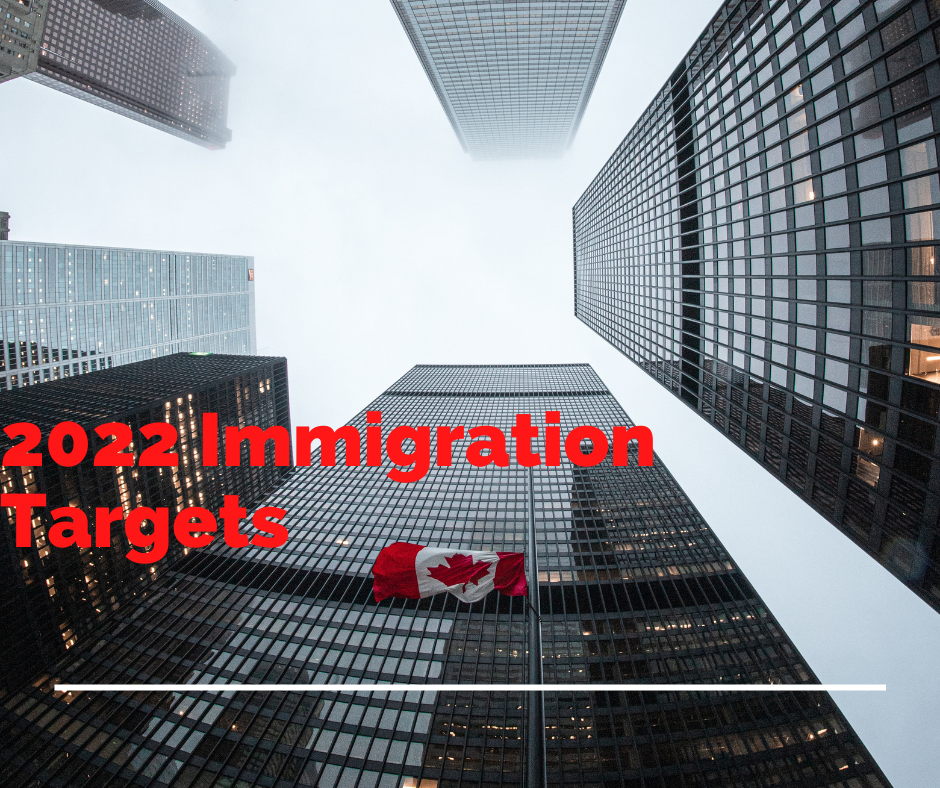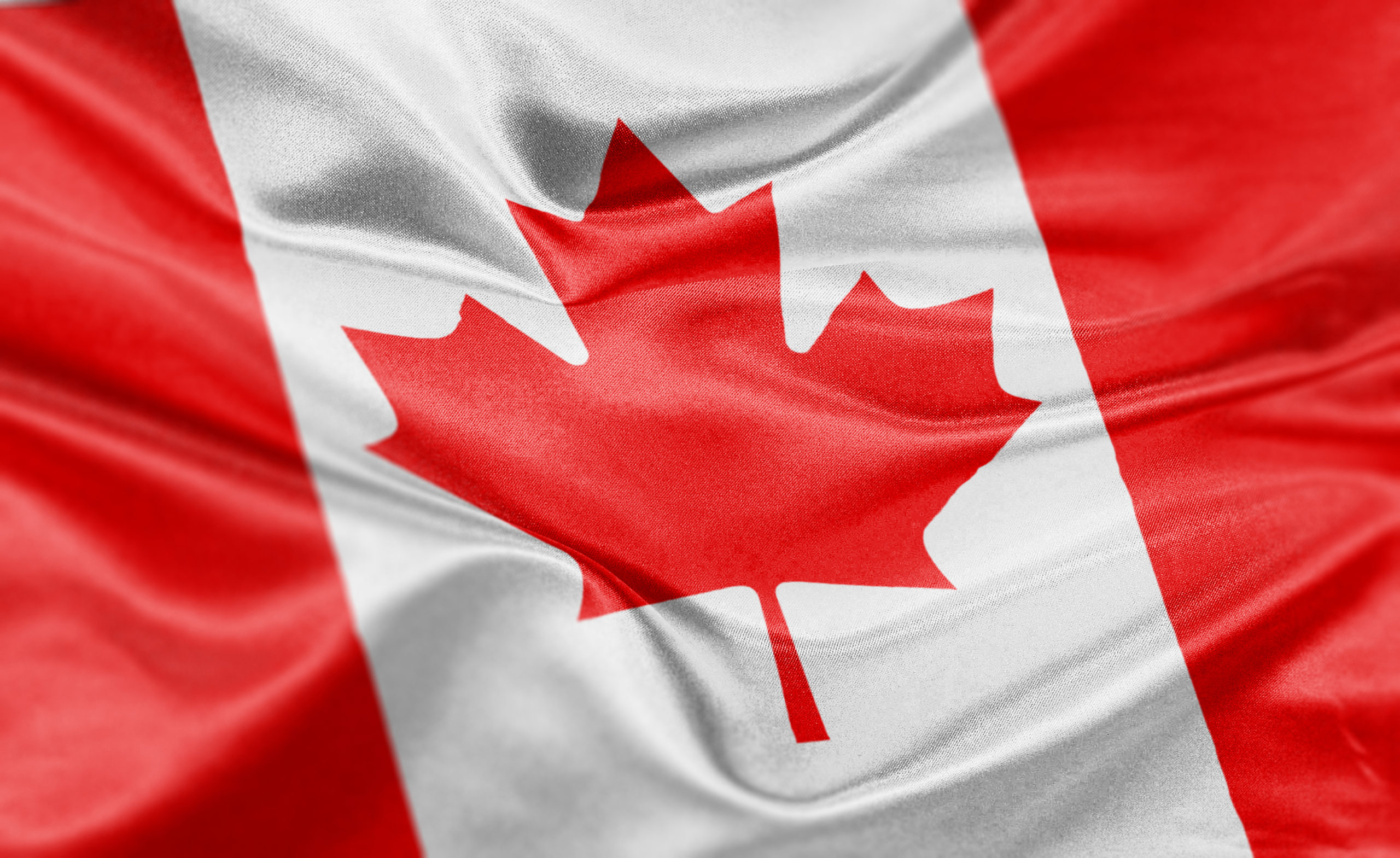Looking ahead: The Landscape of Canadian immigration in 2020
As the first week of 2020 rolls in, it marks the beginning of not only a new year but a new decade. And so far, things look very promising for the future of immigration in Canada. From changes to citizenship fees to immigration programs for new regions, we can expect to see many positive developments in Canada’s future of immigration. With that being said, let’s take a look at what’s in store for Canadian immigration in 2020.
Expanding into New Regions: Rural and Municipal Immigration Program
While Canada’s immigration statistics are thriving, most newcomers are concentrated in the big cities across the country. Although rural towns and smaller cities need of workers, around 80 per cent of immigrants live in larger cities. However, to help encourage regionalization, (the movement to other regions) the federal and provincial governments will focus on regional immigration programs. Provincial Nomination Programs are already at the forefront of these efforts, often encouraging applicants to live in rural areas or smaller cities while they work towards permanent residence.
The latest efforts include the Rural and Northern Immigration Pilot (RNIP). The program is set to relaunch in 2020 with 11 new small communities looking to encourage more immigration. Even before the RNIP, there was the Atlantic Immigration Pilot (AIPP), which began in 2017. Thanks to the program’s success in bringing 4,000 additional newcomers to the Atlantic provinces, the AIPP is more than likely to become a permanent immigration stream within the year.
What’s more, the federal government has recently announced that they will allow communities, provinces, and territories to have selection power over more than 50 per cent of their Economic Class immigrant intake. With this, communities will be better able to recruit skilled workers who will meet their current needs, and in turn, hired newcomers will have flourishing employment opportunities.
This year we could also potentially see new developments for a Municipal Nominee Program. Given the focus placed on immigration to rural communities, it is reasonable to expect a program focusing on specific municipalities. Based on a mandate letter from the Minister of Immigration, Refugees and Citizenship, we should expect new programs focused on rural communities.
Changes to Citizenship Fees, Quebec Immigration Policies, and Parents & Grandparents Program
By April, there is expected to be an announcement for the Parents and Grandparents Program’s (PGP) intake plans for 2020. The Parents and Grandparents Program is a very popular method for obtaining permanent residence. The PGP helps current permanent residents sponsor their parents or grandparents to gain permanent residency themselves. Currently, the annual target for the PGP is 21,000 newcomers. However, the large demand for admissions has proven to be rather overwhelming. As a result, the intake process for the PGP is not the most effective. And so, new plans to revamp the program are currently in the works.
Meanwhile, Quebec will likely see many revisions made to their immigration programs sometime in 2020. Late 2019 saw attempts made to change the province’s Quebec Experience Program, only for these changes to be quickly retracted. There were also some adjustments made to the Quebec Immigrant Investor Program. With new reforms inevitably on the horizon, Canadian immigration in 2020 might look a little different in Quebec compared to the rest of the country.
Additionally, 2020 could potentially see the elimination of citizenship fees. Although there is no exact date given for this, the Minister of Immigration does address it in his mandate letter. According to the mandate, it should be happening at some point this year. Citizenship fees currently come to $630 per adult applicant. This has been widely regarded is an extremely steep price that inhibits those with lower incomes from obtaining their citizenship. With citizenship fees waived, it will change Canadian immigration in 2020 and beyond, with citizenship rates undoubtedly increasing considerably.









